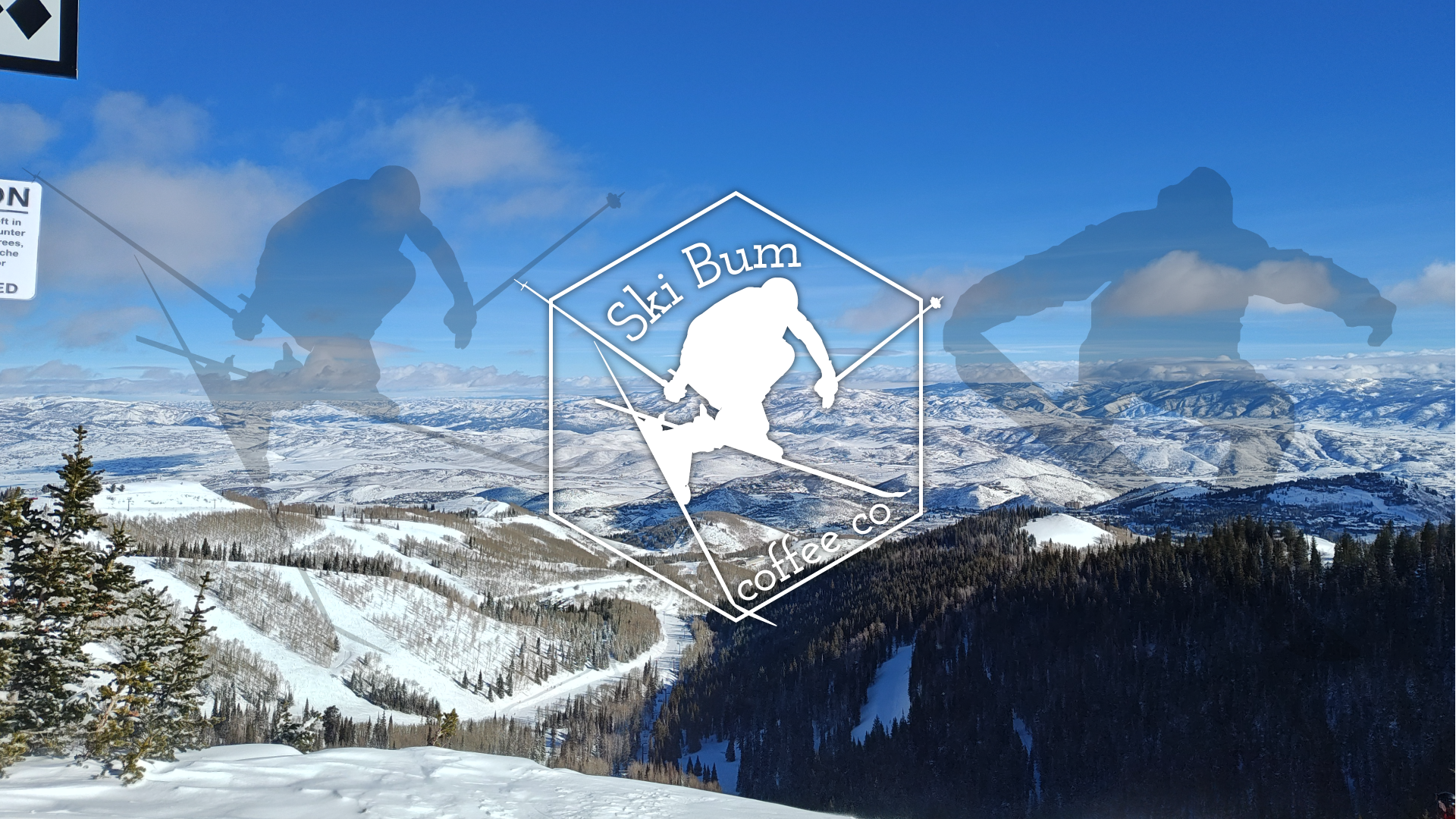The term "ski bum" conjures images of carefree individuals dedicating their lives to the pursuit of fresh powder and endless runs. Historically, a ski bum is someone who prioritizes skiing above all else, often taking on low-paying, seasonal jobs to sustain their passion for the slopes. This lifestyle emerged prominently in the mid-20th century, reflecting a counterculture movement that valued experience and freedom over material wealth.
In the 1950s and 60s, ski bums became integral to the burgeoning ski culture. Icons like Warren Miller epitomized this lifestyle, living in small trailers in Sun Valley and capturing the essence of ski bum life in his films. Miller's stories of residing in a teardrop trailer, hunting rabbits for meals, and skiing daily on minimal funds highlighted the resourcefulness and dedication characteristic of early ski bums.
The allure of the ski bum lifestyle attracted many young enthusiasts seeking a break from conventional paths. Drawn by the promise of daily skiing and communal living, they often worked as lift operators, ski instructors, or in hospitality roles within resort towns. These positions typically offered perks like free lift passes and discounted gear, making the dream feasible despite modest wages.
However, as ski resorts commercialized and mountain towns developed, the traditional ski bum lifestyle faced challenges. Rising living costs, increased corporate ownership of resorts, and a shift towards luxury tourism made it difficult for individuals to sustain themselves on seasonal, low-wage jobs. The once-iconic image of the carefree ski bum began to wane, replaced by a new demographic of seasonal workers, including international employees, who often lacked the deep connection to skiing that defined earlier generations.
Despite these challenges, the spirit of the ski bum persists. Modern-day enthusiasts find creative ways to balance their passion for skiing with the realities of contemporary life. Some work multiple jobs, live in shared accommodations, or save diligently during off-seasons to afford winters on the slopes. While the traditional ski bum may be an endangered species, the ethos of prioritizing passion over convention continues to inspire those who seek a life intertwined with the mountains.
In essence, the ski bum represents more than just a person who loves to ski; it's a symbol of a lifestyle that values freedom, adventure, and a deep connection to the mountains. As the skiing world evolves, the legacy of the ski bum serves as a reminder of the pure, unadulterated joy that comes from embracing one's passion.


















